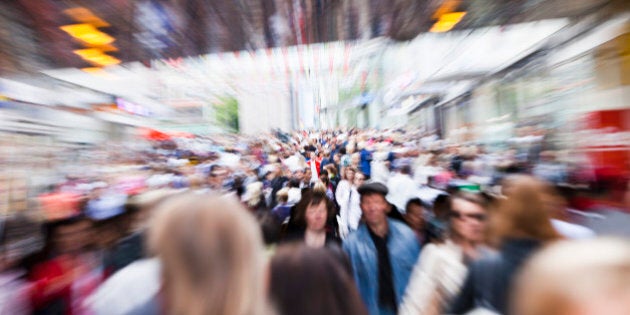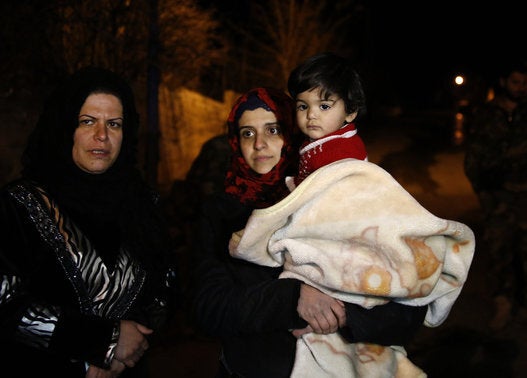
National borders have become deadly barriers, rivaled only by war and natural disaster. Migrants who succeeded in crossing national borders are often disenfranchised and exploited. Can this problem be addressed by granting cities a greater role in managing migration?
The International Organization for Migration estimates that more than 4,300 persons have died or went missing along migratory routes worldwide so far in 2016; more than 3,200 perished in the Mediterranean alone.
The causes of this human-made catastrophe are complex. There is a complicated interplay between national governments and their policies, international organizations, civic institutions, and surveillance and control technologies. Many migrants die as they take ever greater risks to avoid the grip of these "border regimes."
Border regimes operate not only at the physical border between countries, but also in the international waters of the Mediterranean and off the coast of Australia, and along the transit routes through the Sahara desert and out of Syria. They also act inside national borders, at the train stations of Munich and Milano, the bus terminals in Calgary and Chicago, and workplaces and hospital emergency rooms throughout Canada.
National migration policies play an important part in ordering our society based on origin and status.
Border regimes do more than simply controlling migration: they determine the conditions under which people live, work, and die. They regulate who has rights and access to work and welfare, and they establish who belongs to a society and who is "illegal." Border regimes order our world.
Because of our protected geography, relatively few people are dying on route to Canada. Most migrants realize that crossing the Atlantic or Pacific Oceans to reach Canada is much costlier and riskier than crossing the Mediterranean.
Nevertheless, border regimes are still ordering our country. Estimates suggest that up to 500,000 persons live in Canada without legal status. In Greater Toronto, there may be as many as 200,000 persons without status, and equally as many with precarious status. Their lack of full status often prevents them from claiming basic rights, excludes them from fully participating in our society, and renders them exploitable as workers.
National migration policies play an important part in ordering our society based on origin and status. Canadian temporary foreign workers and international mobility programs have resulted in more than 350,000 foreign workers living in Canada in 2014, often without the same economic rights and entitlements that Canadian citizens take for granted -- including the right to stay.
Cities have a different approach to migration. They are not in the business of controlling who crosses and settles within their boundaries, or ordering their communities based on where residents are coming from. Rather, their role is to be inclusive and provide access to resources and services for all residents.
Granted, some city administrations are eager to enforce national migration policies and actively participate in the border regime. Research by my colleague at York University, Liette Gilbert, shows how smaller towns such as Hérouxville, Quebec, and Hazleton, Pennsylvania, have introduced measures that erode the rights of migrants and control their presence.
Many other cities, however, resist exclusionary national policies and border regimes. For example, by declaring themselves sanctuary cities, Toronto and Hamilton have recognized that the residents who are denied status by national policies are nevertheless members of their communities. In this way, dozens of sanctuary cities throughout North America are seeking to build inclusive urban communities in which all residents can equally participate -- independent of the order which border regimes impose.
In a globalized world, nation states are increasingly failing to cope with the human need for security and desire to migrate.
Urban communities are also highly responsive to global developments and the need for people to migrate for work and opportunity, and to escape from war and oppression. Take Lifeline Syria as an example: this initiative was spearheaded by civic leaders of Greater Toronto to mobilize fellow residents to sponsor Syrian refugee families and help these families settle in their communities. While the federal government is an important partner in this initiative, it is the urban community that has demonstrated leadership.
Cities are demanding a greater role in managing migration and are asserting their independence from national migration policies that disenfranchise large portions of their residents.
In a globalized world, nation states are increasingly failing to cope with the human need for security and desire to migrate. As cities fill this void, they must maintain their inclusive approach and resist being absorbed into the deadly border regime.
Follow HuffPost Canada Blogs on Facebook
ALSO ON HUFFPOST:
